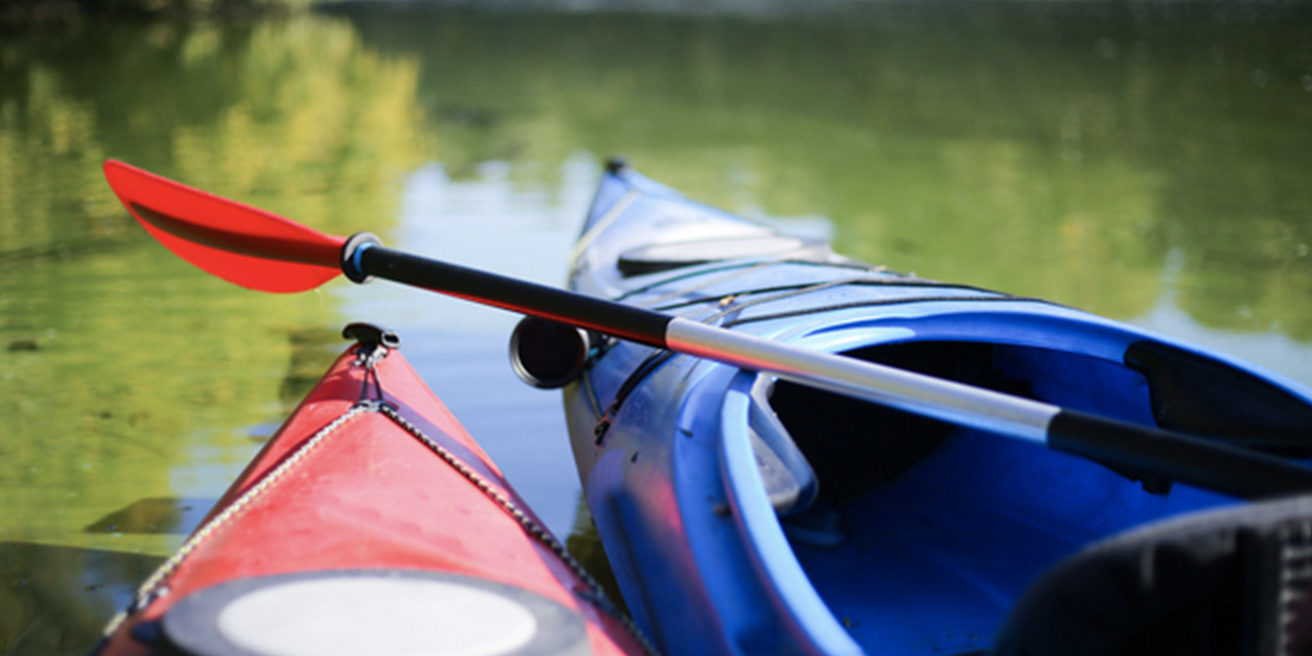If you’re new to kayaking, you’ll quickly discover there’s more to preparing for an overnight trip than filling your cooler with a couple of cold ones and snacks. Before you can have a good time, you have to ensure you have everything you need to get you to your campsite safely and comfortably. Here are some things you need to consider before you paddle away:
Your Choice of Kayak
The type of kayak depends on where you’re heading and your experience level. Sit-on-top kayaks are usually the first choice for beginners who are cautious and worried about tipping over. While you may still tip over in a sit-on-top kayak, you won’t feel trapped as you would in a sit-inside kayak. You can easily slip on and off sit-on-top kayaks.
Sit-inside kayaks, however, are best for use in cold water conditions and if you want to stay relatively dry while paddling. Because of their design, they also tend to move faster which is why experienced paddlers prefer them.
Both types of kayaks have seats and foot support; some even have backrests to make paddling and sitting on long trips more comfortable.
What Should I Bring?
Whether you’re using a sit-inside or a sit-on-top kayak, you have plenty of room to store your gear. Regardless of the type of kayak you bring, chances are your equipment and belongings may get wet; therefore, it’s essential to store them in dry bags.
Rather than packing your clothes, sleeping bag, and tent in one giant dry bag, it’s better to pack a few medium-sized bags. As long as you know what is in each bag, you save yourself the trouble of digging into one big bag that contains all your essentials.
For items you want to keep close to you such as your money, phone, compact camera, and GPS transponder, a fanny pack will come in handy. Other kayak trip must-haves include a multi-tool, lighter, drinking water, garbage bags, sunscreen, and waste bags.
Answering the Call of Nature
Holding it in is unhealthy and relieving yourself in nature is bad for the environment. Restop waste bags provides the solution. You can stop paddling, store your kayak on the shore, and find a safe spot to do your business. Open your waste bag and pull out the toilet paper and antimicrobial wipe. You’ll notice the bag contains a powdered gelling compound inside; when you go, that’s what you’re aiming for. When your pee and poop hit the powder, they solidify your wastes into a gel.
When you’re done, you can also throw the toilet paper and wipes in the bag, seal it shut, and pack it out with you. Used waste bags must be disposed of properly. You can also use waste bags at the campsite.
Restop waste bags are puncture-resistant and leak-proof; you can carry your wastes with you safely until you find a proper trash can. And thanks to the polymers and enzymes’ deodorizing properties, you don’t have to worry about the smell.



